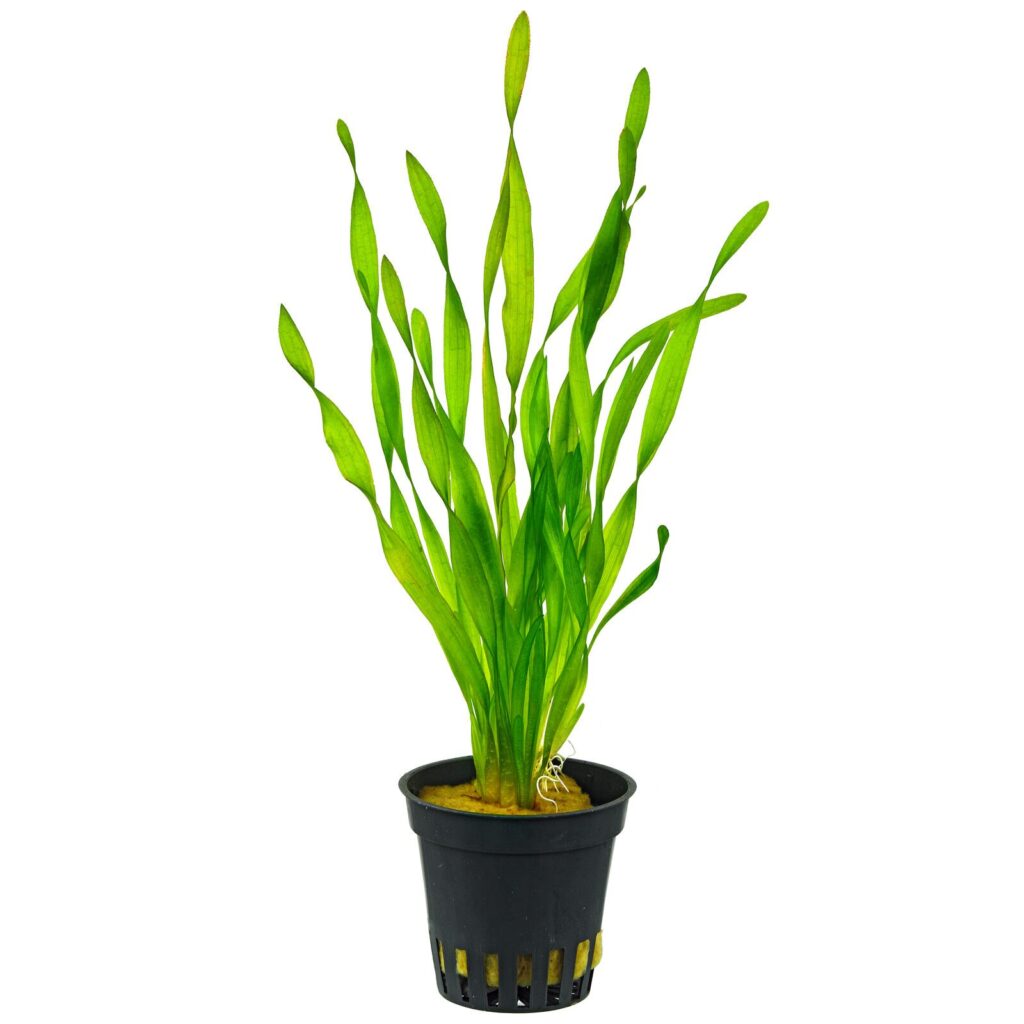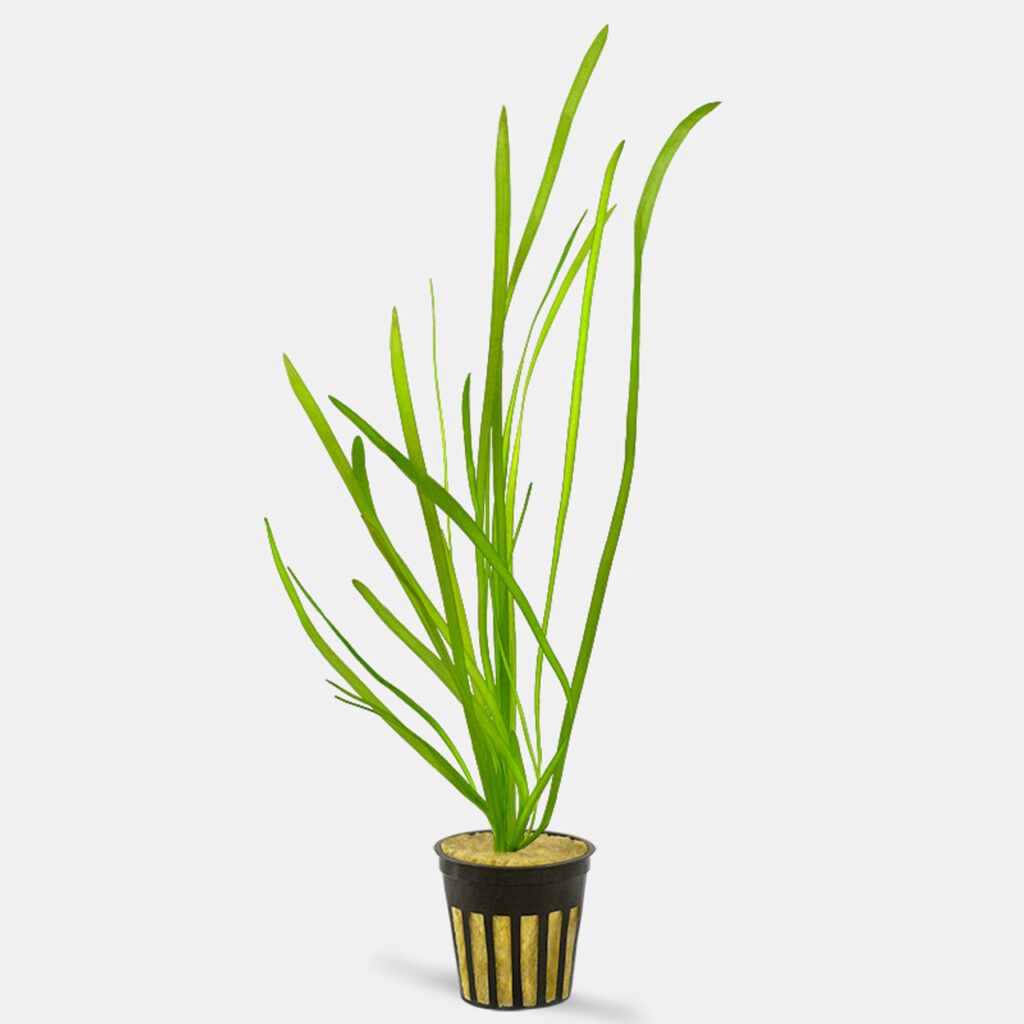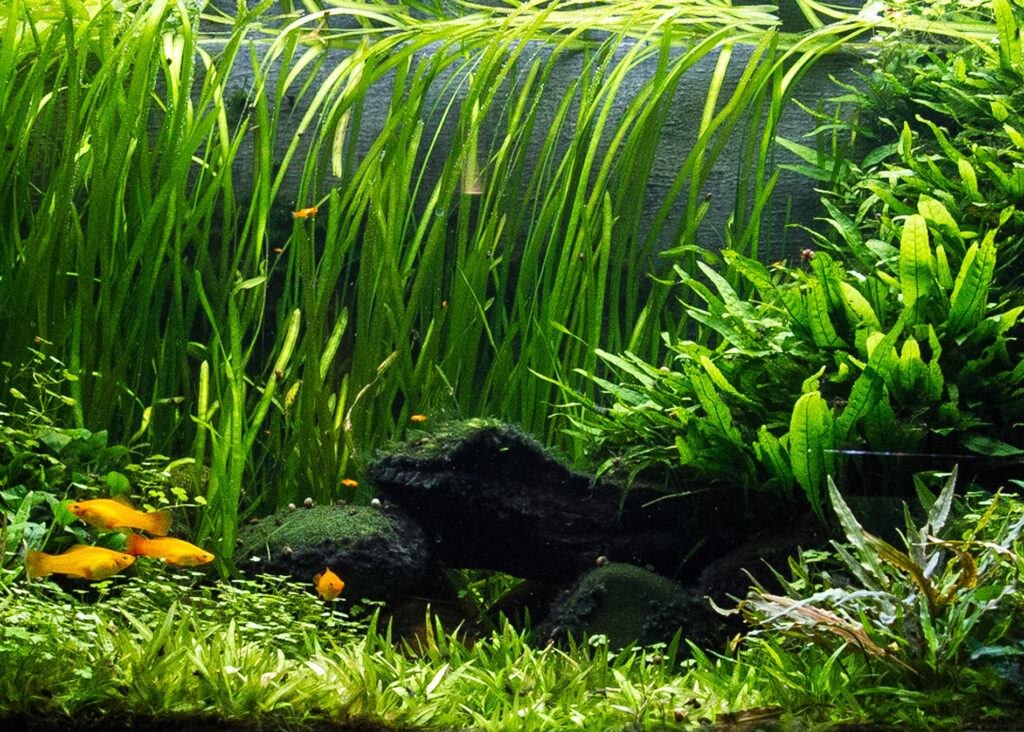Vallisneria is a genus of aquatic plants that belong to the family Hydrocharitaceae. They are commonly known as eelgrass or tapegrass due to their long, ribbon-like leaves that resemble the shape of an eel or tape. Vallisneria plants are highly valued in the aquarium trade for their ornamental value, and they are also important in natural freshwater ecosystems as they provide oxygen, shelter, and food for aquatic animals.
Distribution and Habitat
Vallisneria plants are native to temperate and tropical regions around the world, including Africa, Asia, Australia, and the Americas. They grow in a wide range of freshwater habitats, such as rivers, streams, ponds, and lakes. Vallisneria plants can grow in both shallow and deep water, and they are typically found in areas with slow-moving or still water. The plants can also grow in brackish water, which is a mixture of freshwater and saltwater.
Physical Characteristics
Vallisneria plants have long, thin leaves that grow from a central root system. The leaves are typically green, although some species have reddish or brownish leaves. The leaves can grow up to several feet in length, and they are typically between 0.2 and 1.5 inches in width. Vallisneria plants are dioecious, which means that they have separate male and female plants. The flowers are small and inconspicuous, and they are pollinated by water or wind.
Reproduction
Vallisneria plants reproduce through two different methods: sexual and asexual reproduction. Sexual reproduction occurs when male and female plants release their flowers into the water. The flowers are pollinated, and the female flowers develop into seeds. The seeds are dispersed by water or animals, and they can remain dormant for long periods until conditions are favorable for germination. Asexual reproduction occurs when the plant produces new shoots from its root system. These shoots can grow into new plants that are genetically identical to the parent plant.
Ecological Importance
Vallisneria plants are important in freshwater ecosystems as they provide shelter and food for many aquatic animals. The plants are home to a variety of invertebrates, such as snails and insects, which are important food sources for fish and other animals. Vallisneria plants also provide oxygen to the water through photosynthesis, which is important for the survival of aquatic animals. In addition, the plants can help to prevent erosion in riverbanks and other areas with slow-moving water.
Cultivation
Vallisneria plants are popular in the aquarium trade because of their ornamental value and ease of care. The plants can be grown in aquariums with a variety of lighting and water conditions, although they do best in bright light and with a nutrient-rich substrate. Vallisneria plants can also be grown in outdoor ponds or water gardens, where they can help to improve water quality and provide habitat for aquatic animals.
In conclusion, Vallisneria plants are an important and valuable part of freshwater ecosystems around the world. They provide shelter, food, and oxygen for aquatic animals, and they help to prevent erosion in slow-moving water. In addition, Vallisneria plants are highly valued in the aquarium trade for their ornamental value and ease of care. Whether in their natural habitat or in an aquarium or pond, Vallisneria plants are a fascinating and important part of the aquatic world.






![]()
